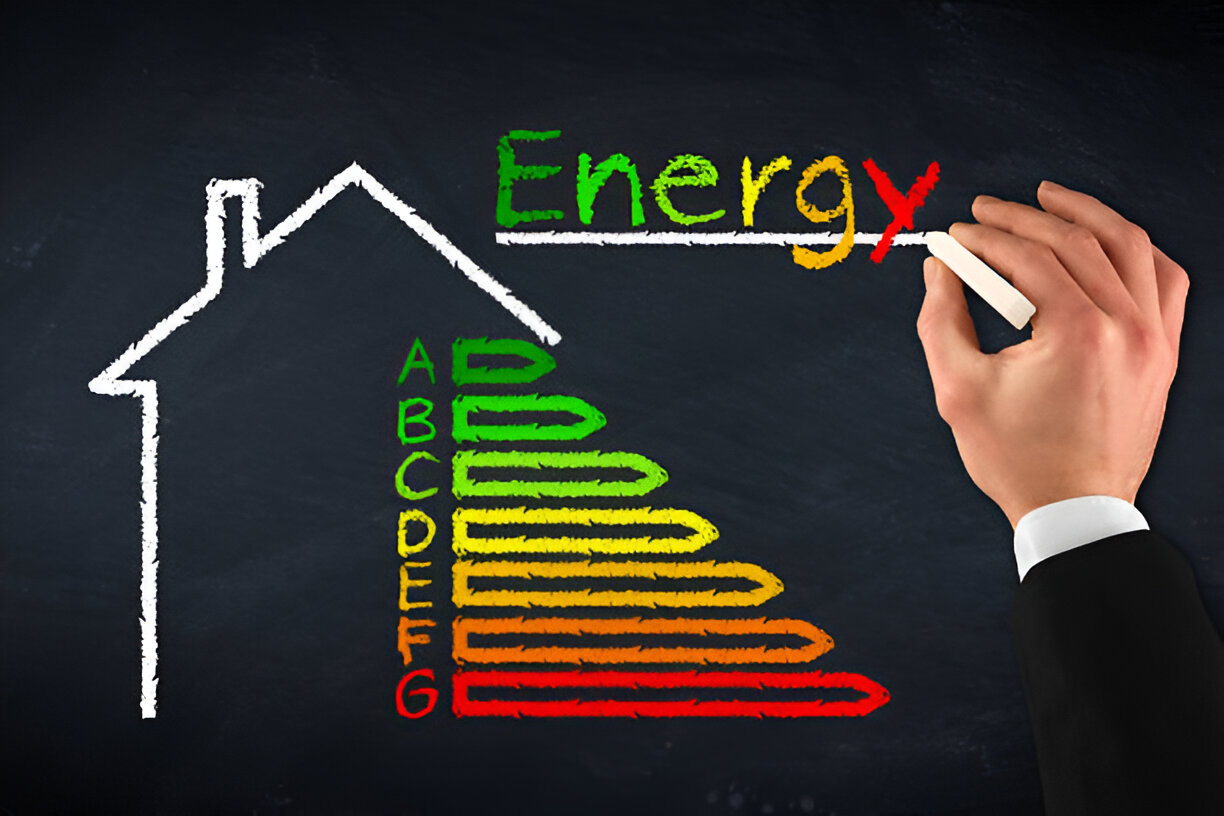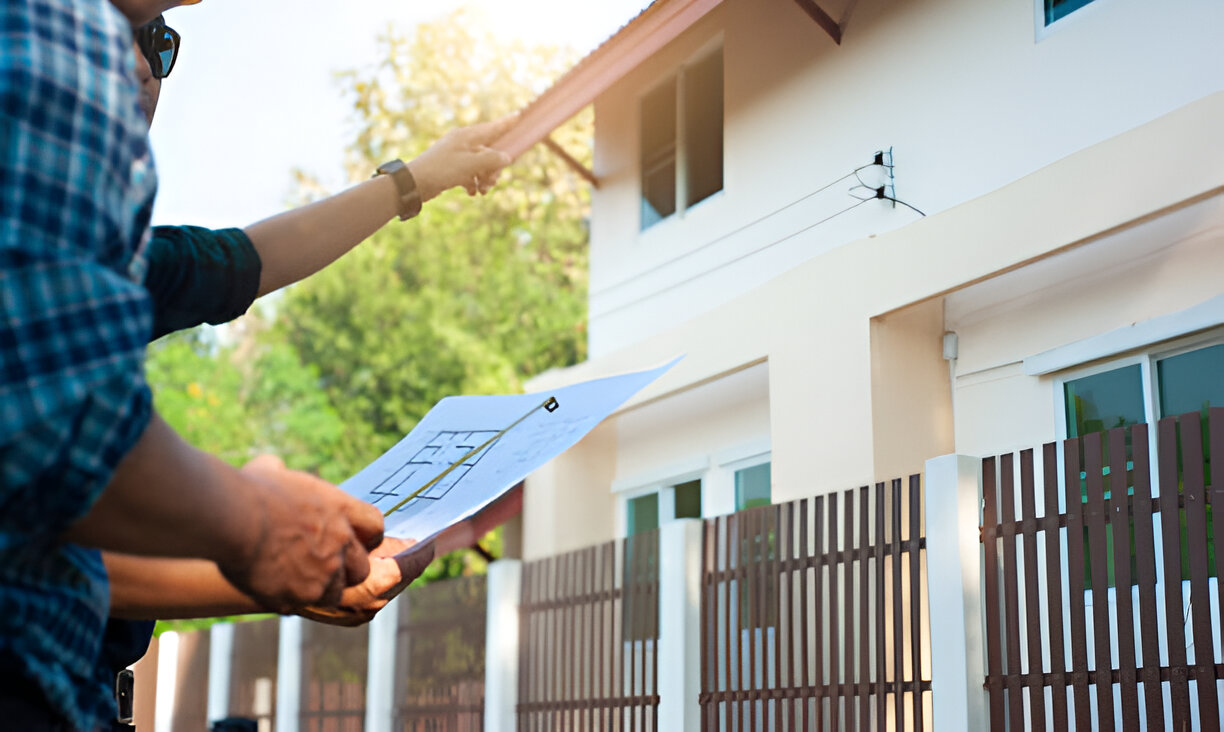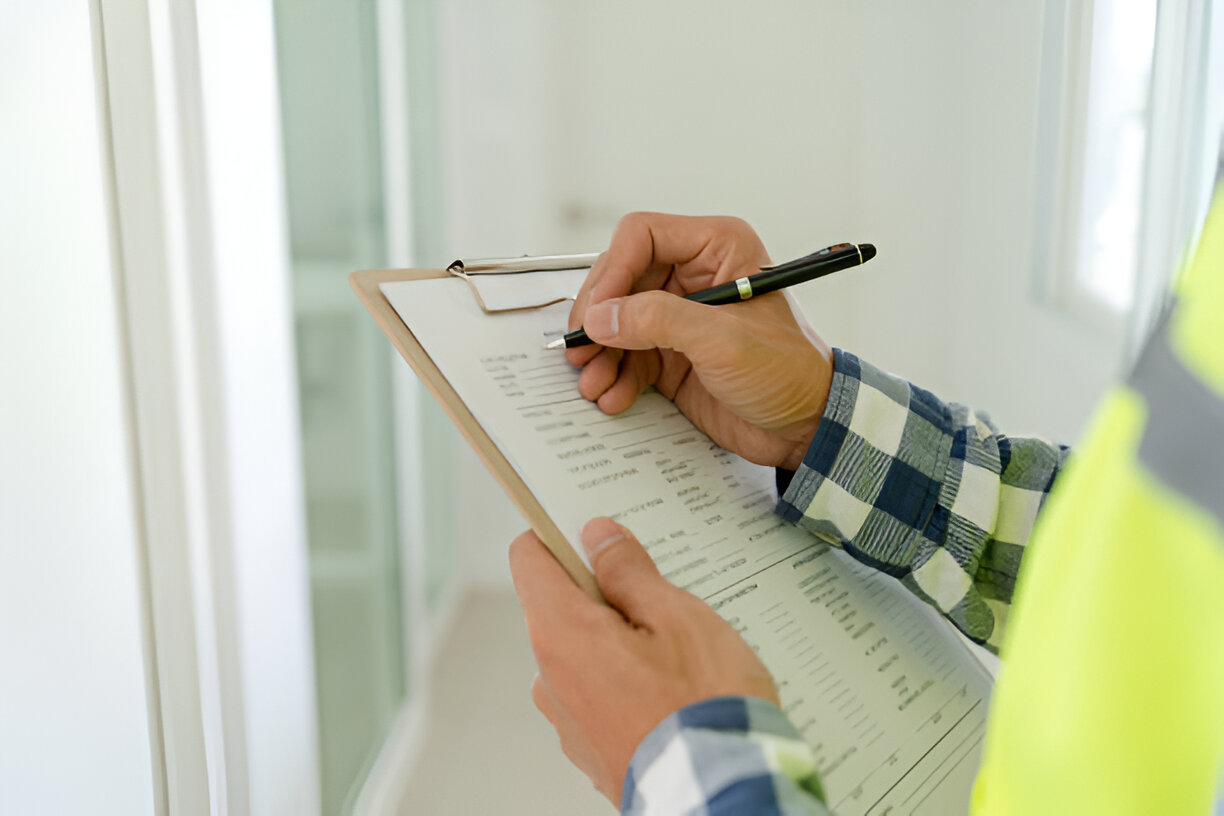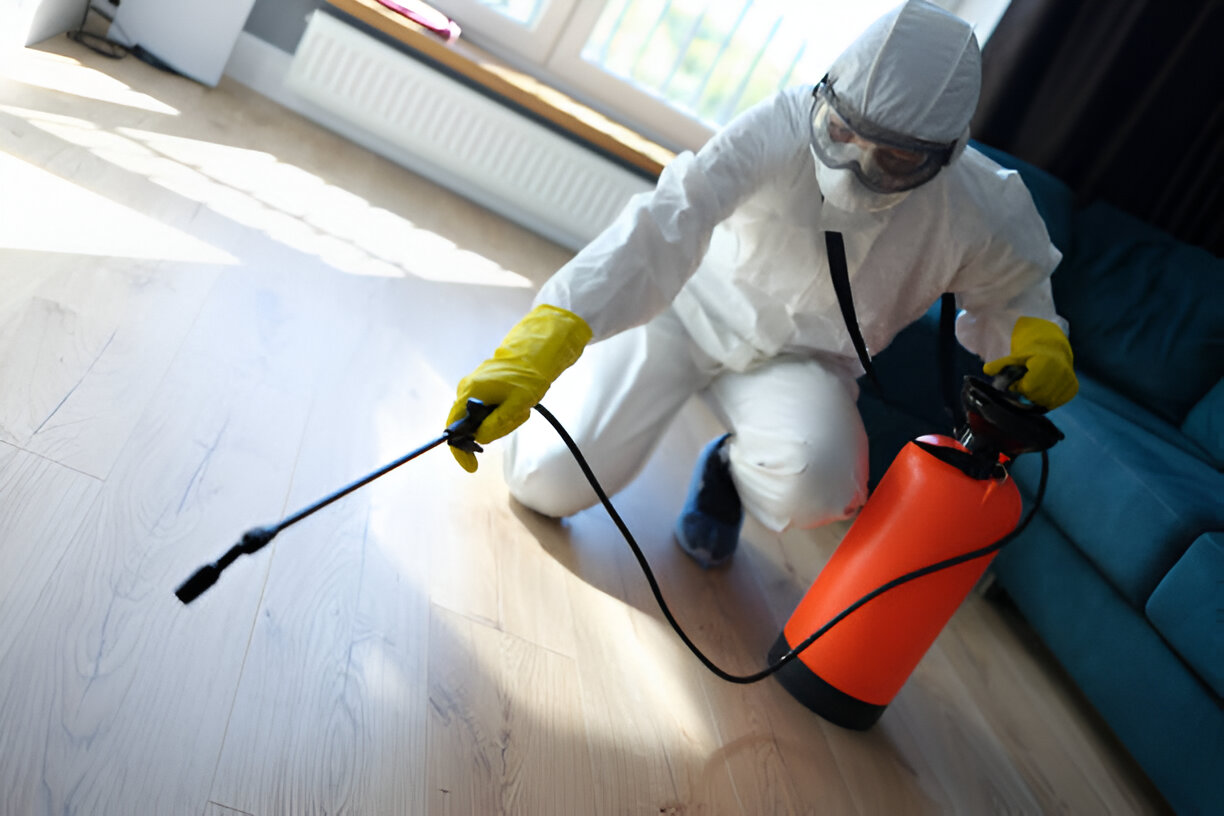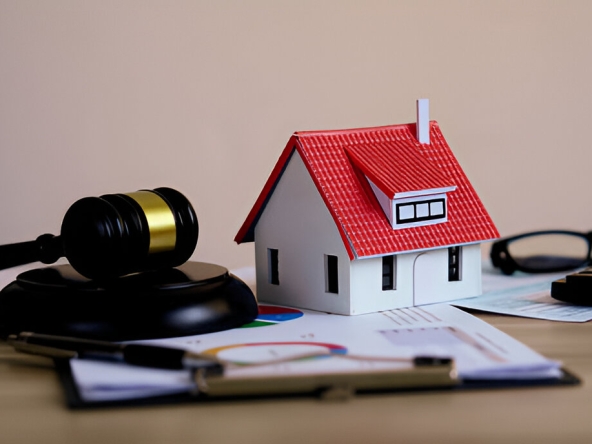A home inspection is a critical step in the home-buying process, helping you identify potential issues and ensure that your investment is sound. A thorough inspection can reveal hidden problems that may not be apparent during a casual viewing, allowing you to make an informed decision and negotiate repairs or adjustments before finalizing the purchase.
This article provides a comprehensive home inspection checklist to guide you through the process and ensure that you cover all essential aspects of the property.
1. Exterior Inspection

Start with a thorough examination of the exterior of the home to assess its condition and identify any visible issues.
Key Areas to Check:
- Roof: Inspect the roof for missing, damaged, or curled shingles. Check for signs of leaks or water damage in the attic and around the eaves.
- Gutters and Downspouts: Ensure that gutters and downspouts are securely attached and free of debris. Check for proper drainage away from the foundation.
- Siding and Trim: Examine the siding for damage, rot, or peeling paint. Check that the trim and caulking are intact and in good condition.
- Foundation: Look for cracks or signs of settling in the foundation walls and basement. Check for water pooling around the foundation.
- Windows and Doors: Test all windows and doors for proper operation. Check for any gaps, damaged seals, or signs of water intrusion.
A well-maintained exterior is crucial for protecting the home from the elements and preventing future issues.
2. Interior Inspection

The interior inspection focuses on the functionality and condition of key systems and components within the home.
Key Areas to Check:
- Walls, Ceilings, and Floors: Look for signs of cracks, water damage, or uneven surfaces. Check for squeaky or damaged floors and inspect for any mold or mildew.
- Plumbing: Test all faucets, showers, and toilets for proper operation. Check for leaks under sinks, in the basement, and around pipes. Inspect the water heater for age and condition.
- Electrical System: Ensure that all outlets, switches, and light fixtures are functioning correctly. Check the electrical panel for any signs of issues or outdated wiring.
- Heating and Cooling Systems: Test the HVAC system, including the furnace and air conditioning, for proper operation. Check filters, thermostats, and ensure that the system is clean and well-maintained.
- Appliances: If appliances are included in the sale, test their functionality. This includes the stove, oven, dishwasher, refrigerator, and any other built-in appliances.
A thorough inspection of these components helps identify any immediate repairs or maintenance needs.
3. Attic and Crawl Space Inspection

Inspecting the attic and crawl spaces is essential for identifying potential issues related to insulation, ventilation, and structural integrity.
Key Areas to Check:
- Insulation: Assess the insulation in the attic and crawl spaces. Ensure that it is adequate and in good condition to maintain energy efficiency.
- Ventilation: Check for proper ventilation in the attic and crawl spaces to prevent moisture buildup and mold growth.
- Structural Integrity: Look for signs of sagging, damage, or pest infestation in the attic and crawl spaces. Check for any signs of water damage or leaks.
Proper insulation and ventilation are critical for maintaining a comfortable and healthy home environment.
4. Pest Inspection

Pests can cause significant damage to a home if left unchecked. Conducting a pest inspection helps identify any infestations or potential risks.
Key Areas to Check:
- Termites: Look for signs of termite damage, such as hollow-sounding wood, mud tubes, or frass (termite droppings).
- Rodents and Insects: Check for signs of rodent or insect activity, including droppings, nests, or chewed wiring and insulation.
- Damage: Inspect for any damage caused by pests, such as gnawed wood, chewed wires, or nests in attics and crawl spaces.
Addressing pest issues early can prevent costly damage and ensure a safe living environment.
5. Safety and Compliance

Ensuring that the home meets safety standards and complies with building codes is essential for your safety and peace of mind.
Key Areas to Check:
- Smoke and Carbon Monoxide Detectors: Verify that smoke detectors and carbon monoxide detectors are installed and functioning properly.
- Fireplace and Chimney: Inspect the fireplace and chimney for proper operation and any signs of damage or creosote buildup.
- Handrails and Staircases: Check that handrails are secure and staircases are in good condition. Ensure that steps are even and free of hazards.
- Building Codes: Verify that any recent renovations or additions comply with local building codes and regulations.
Ensuring safety and compliance helps protect you and your family from potential hazards.
6. Final Review and Documentation
After completing the inspection, review your findings and document any issues or concerns.
Key Steps:
- Compile a Report: Create a detailed report of your inspection findings, including any issues or concerns. Include photos and descriptions to provide a clear overview.
- Prioritize Repairs: Identify and prioritize any necessary repairs or maintenance tasks. Consider obtaining repair estimates to understand the potential costs.
- Discuss with Seller: Share your findings with the seller and discuss any required repairs or adjustments to the purchase agreement.
A thorough review and documentation ensure that you are aware of the home’s condition and can make informed decisions.
A comprehensive home inspection is a vital step in the home-buying process, helping you identify potential issues and make informed decisions. By following this checklist and thoroughly evaluating the exterior, interior, attic, crawl spaces, and other key areas, you can ensure that your new home is in good condition and free of hidden problems. Taking the time to conduct a thorough inspection will provide peace of mind and help you enjoy your new home with confidence.


